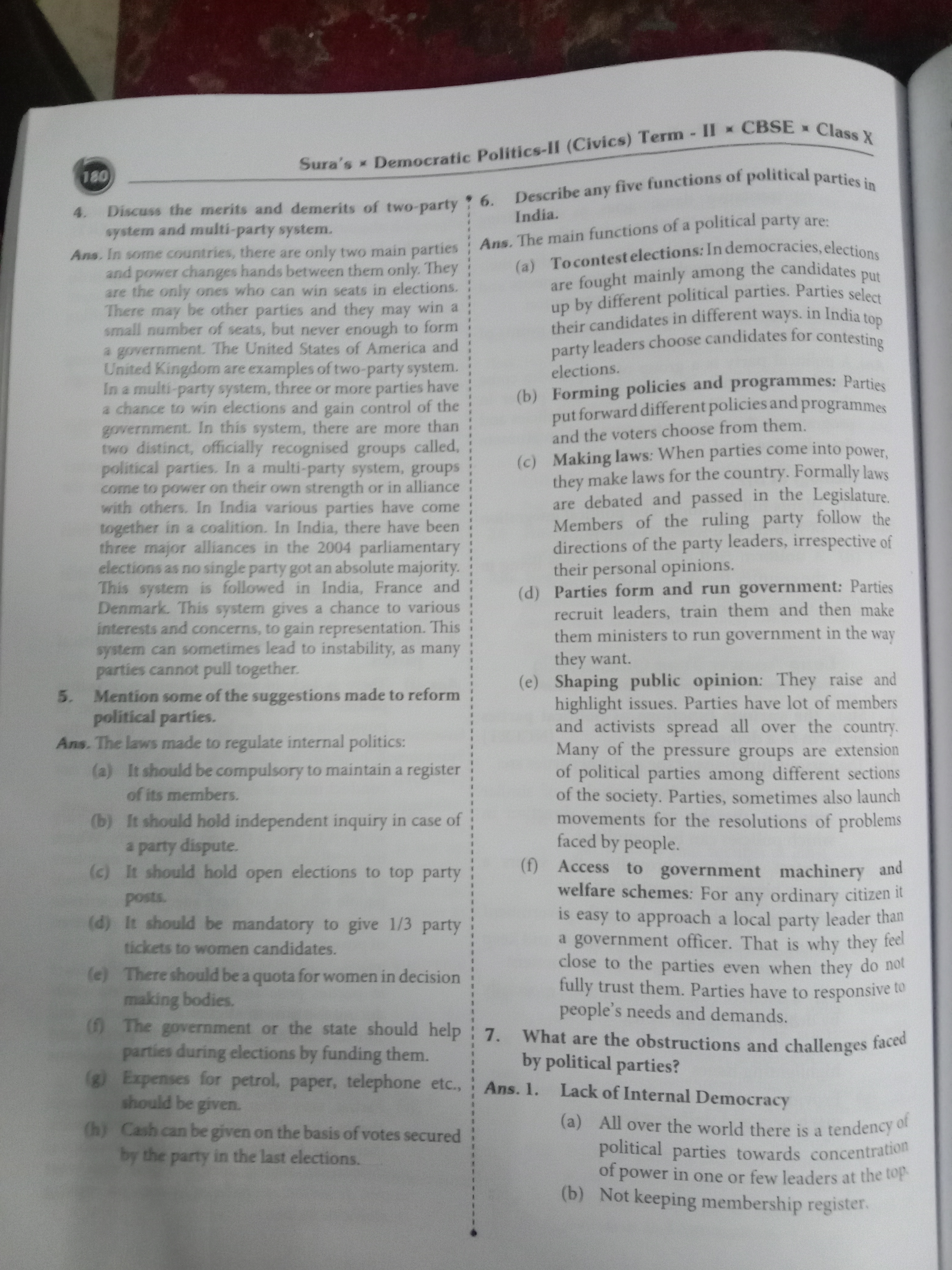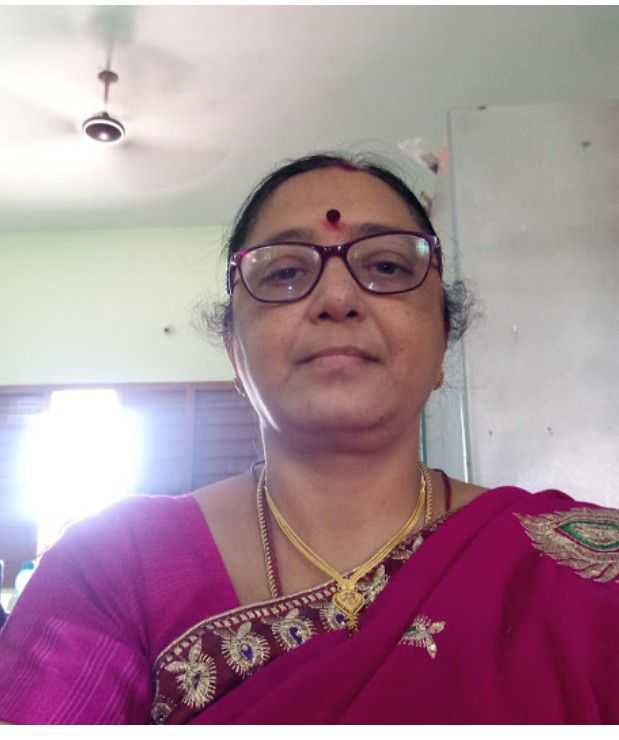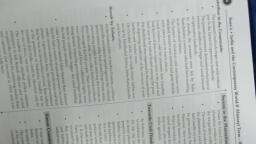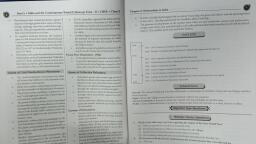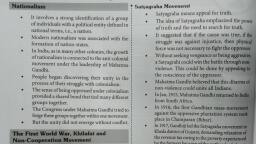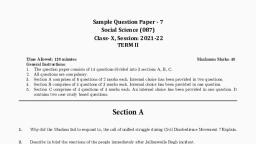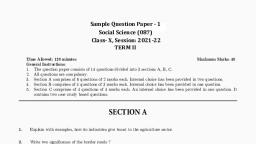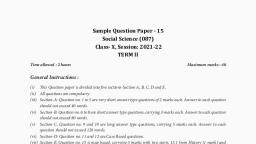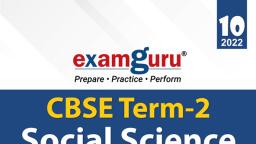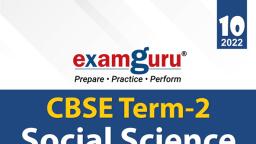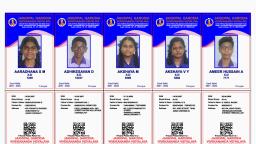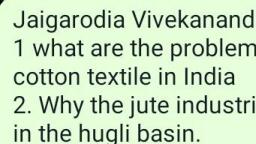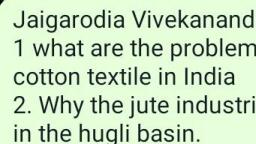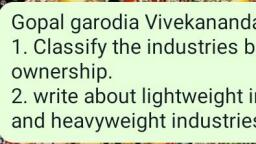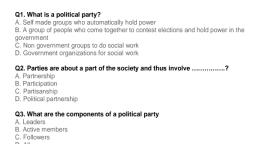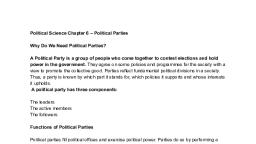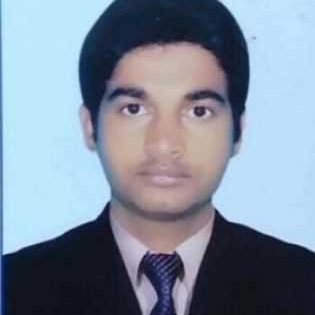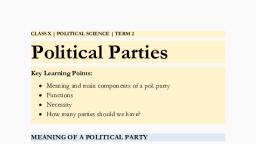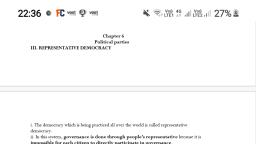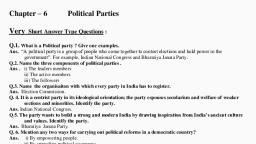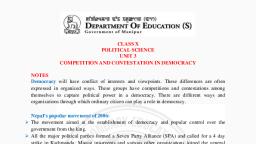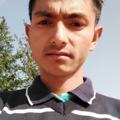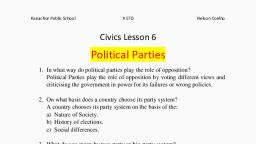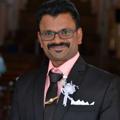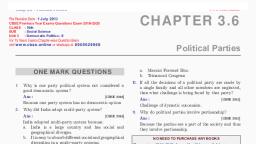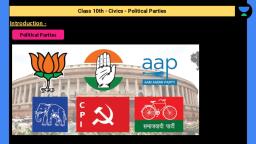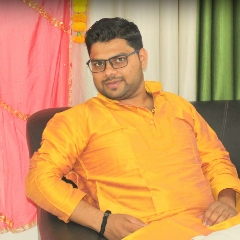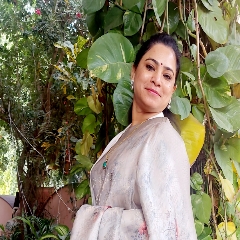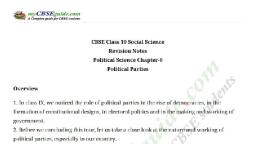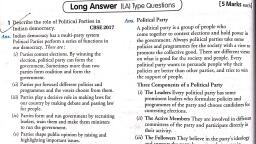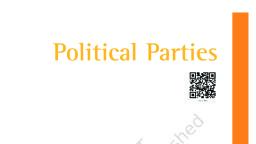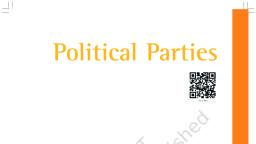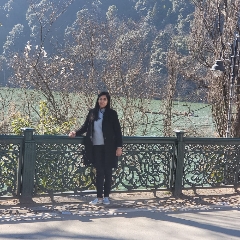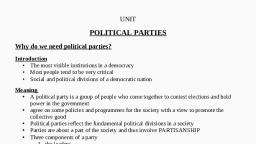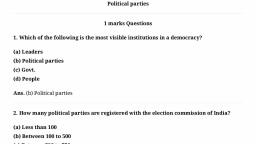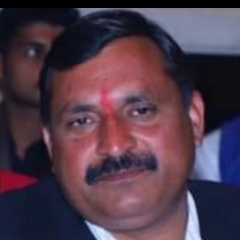Page 1 :
4. Discuss the merits and demerits of two party, system and multi-party system., , , , Ans. in some countries, there are only two main parties, ar er Changes nands between them only They, ave (he Only OMes WhO Can win seats in elections, There may be other parties and they may win 4, , number Of seats, Dut never enough to form, government Ihe United States of America and, , Cnmitec F ingaom are €x amples of two party system., , if a2 muuiti-party system three or more partics have, a ance 0 ¥ éections and gain control ot the, government. in il tem, there are more than, [wo aistinict, ff cially rece gn ed Broups £ alled,, proritical Parties In a multi party system, groups, come to power on their own strength or in alliance, with others. In India various parties have come, together Mi @ Coalition : 4 there have been, , three major alliances in the 2004 parliamentary, , elections a4 n, , 1 singse par z i an absolute majority., This system is followed India, France and, Denmark. This system gives a chance to various, interesis and concerns, to gain representation. This, , sytem can sometimes lead to instability, as many, , parties cannot pull together, Mention some of the suggestions made to reform, , political parties., Ame. The laws made to regulate internal politics:, ‘ @ Wt should be compulsory to, : (b) It should hold independent inquiry in ca, , Maintain a register, , , , se of, , ‘Sura’ 6 * « Democratic Pc, , tepacaesness Tene, , tte ee ee Ze, , a ee OSS ee Re ee ee eH RK o, , 6. Describe any five, India., , Ans. The m, , (a), , (b), , fe), , (d), , (e), , 7., What are the obstructions and challenges face, by political parties?, , Ans. |., , , , otitice Ht (Ce, , wics) Term «It * CBSE » Clan y, , functions of political partie, “oa ‘, , s of a political party are, , ain function:, st elections: Inde mMOCcracies, electig,, , among the candidates Put, , \S, , Toconte, are fough, up by diffe, their candida, party leaders che, , xt mainly, rent politic al parties. Parties Sele ;, , tes in different ways. in India toy, , yose candidates for contesting, , elections., a - aes Daas, Forming policies and programmes: Partie,, ard different policies and prog ammes, , put forw, and the vote, Making laws: W hen parties come into px, , ws for the country. Formally ., , l egislature, , aay,, , rs choose from them., , they make la, are debated and passed in the, Members of the ruling party follow the, directions of the party leaders, irrespective ot, their personal opinions., , Parties form and run government: Parties, recruit leaders, train them and then mak, them ministers to run government in the way, they want., , Shaping public opinion:, , highlight issues. Parties have lot of members, , and activists, , They raise, spread all over the countn, Many of the pressure groups are extension, of political parties among different sections, of the society. Parties, sometimes also launc, , | +, probiet iS, , movements for the resolutions of, faced by people., Access, , to government machinery and, , welfare schemes: For any ordinary citizen |!, is easy to approach a local party leader than, 4 government officer. That is why t, close to the parties even when they do 0°, fully trust them. Parties have to, , people’s needs and demands., , , , rey lee, , ponsive, , re, its, , Lack of Internal Democracy, (a), , ig Rie towards concentratio”, Of power in one or few leaders at t!, Not, , keeping membership registe!, , All over the world there is a tenden«', , (b)
